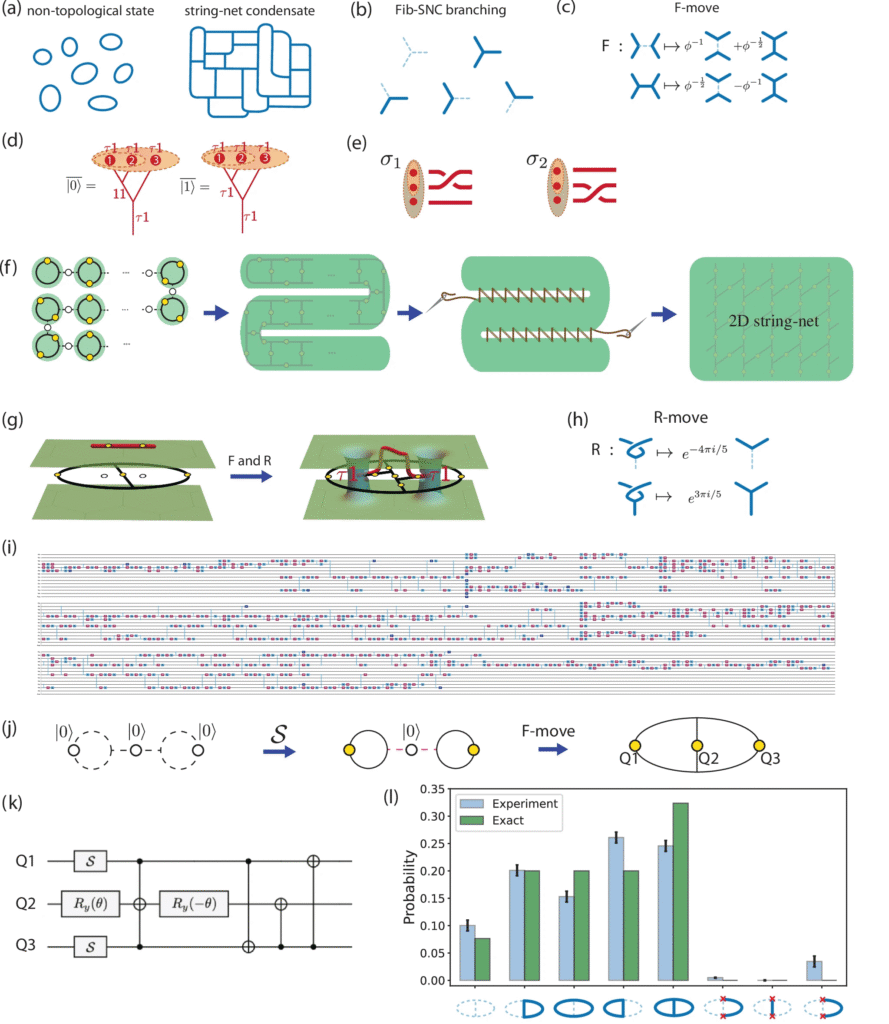An international collaboration involving researchers from IBM, Cornell University, Harvard University, and the Weizmann Institute of Science has published research in Nature Communications. The study, titled “Realizing String-Net Condensation: Fibonacci Anyon Braiding for Universal Gates and Sampling Chromatic Polynomials,” focuses on the implementation of error-resistant universal quantum gates and the application of a topological quantum computer to complex problems. This includes the first reported instance of encoding information by braiding Fibonacci string net condensate (Fib SNC) anyons, which are exotic quasi-particles, in two-dimensional space.
The two-dimensionality of the approach is highlighted for its potential in achieving fault tolerance and error resistance in quantum computation. The researchers demonstrated their method on a known complex problem involving chromatic polynomials, which rapidly exceed classical computational capabilities as graph size increases. The protocol used, sampling chromatic polynomials for specific graphs, is designed to be scalable, allowing other researchers with quantum computers to duplicate it at a larger scale. IBM researchers contributed to understanding the theory of the topological state and designing the protocol for its implementation on a quantum computer.
This work represents a step toward universal topological quantum computing, a method of fault-tolerant computing. It addresses the challenge of realizing complex quantum algorithms with low error rates, a prerequisite for practical quantum computing. The collaboration emphasizes the role of drawing on diverse resources, expertise, and insights from scientists across industry and academia for advancing research in topologically ordered many-body quantum systems and their applications in quantum computation. The research received support from the National Science Foundation, the U.S. Department of Energy, and the Alfred P. Sloan Foundation.
Read the full announcement from Cornell University here and the paper in Nature Communications here.
July 16, 2025
